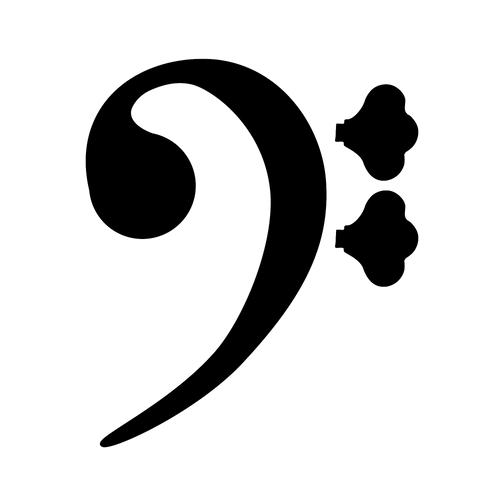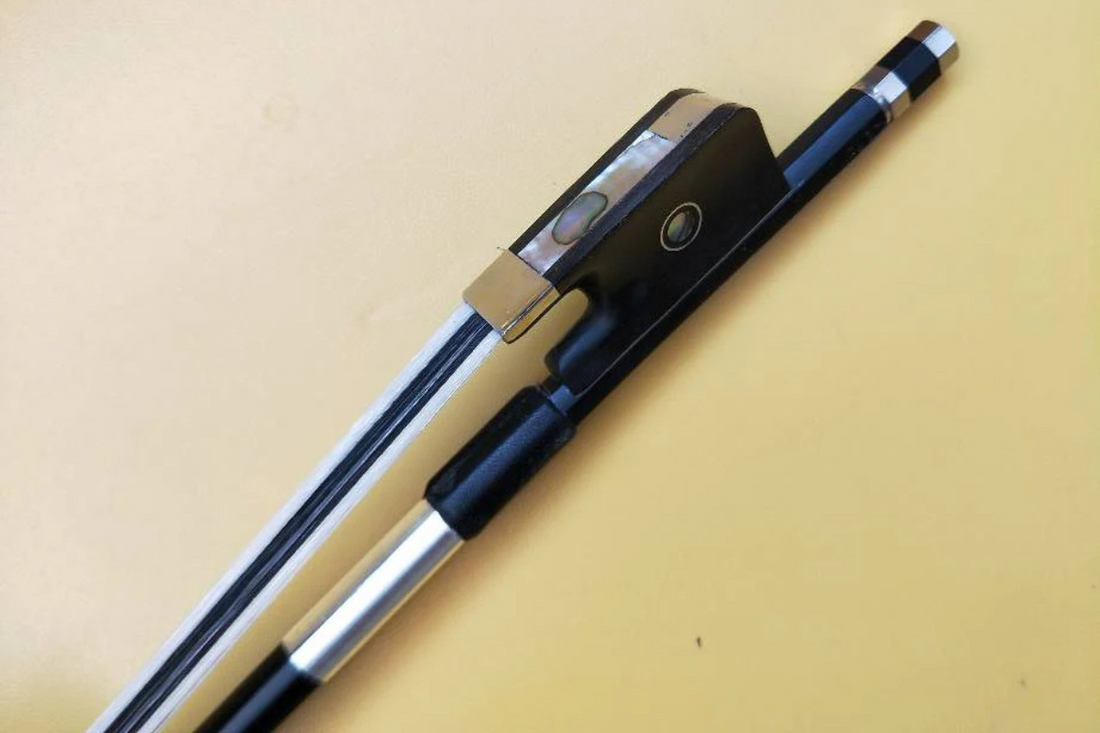Your bow might be telling you something. Playing arco on the double bass requires precision and control. When your bow starts showing signs of wear, your tone quality could suffer. You might blame your technique when the real problem is your equipment.
Understanding when your double bass bow needs to be replaced will save you from frustration and poor performance. Some issues call for a simple rehair. Others mean it's time for a replacement. Let me walk you through the signs.
Sign #1: Physical Damage and Bow Warping
Wood bows face unique challenges. Temperature changes and humidity affect the stick over time. According to contributors on TalkBass discussing when bows should be replaced, a warped bow could be the result of storing it under constant tension or exposing it to extreme temperatures.
One bassist on the forum noted that after storing a bow in extreme temperatures for several years, the bow exhibited poor sound quality and failed to engage the strings properly. Professional bow makers typically attempt to straighten warped bows by heating and bending them back into shape. This process carries risk. Even experienced hands acknowledge the bow might crack or break during repair.
You should check for warping by holding your bow up to eye level. Look down the stick from the frog to the tip like you're sighting down a gun barrel. The stick should appear straight. Small lateral deviations might be acceptable. Large bends to either side could affect your playing.
If your bow stays warped even when loosened completely, professional repair might not solve the issue. At this point, you might need to consider replacement rather than repeated repairs.
Sign #2: Bow Hair Loss and Uneven Tension
Your bow hair breaks down over time. Every time you play, friction occurs between the hair and the strings. According to research published in Strings Magazine, when too many hairs break on one side of the ribbon, uneven tension pulls the stick to that side. This creates a dangerous situation. The stick could warp permanently.
Straightening a warped stick requires heating. This process always carries some level of risk. The magazine notes that even in the most experienced hands, heated bows could crack or break. Prevention beats repair. Getting a rehair before excessive one-sided breakage occurs protects your investment.
Normal hair loss happens. A double bass bow typically has 150 to 170 individual hairs. Losing a few strands during regular playing is expected. When you notice constant breakage or significant thinning, your bow needs a rehair at a minimum.
Watch for these specific hair-related warning signs:
- Hair breaks constantly in the middle of the bow rather than at the ends.
- One side loses significantly more hair than the other.
- The ribbon appears thin or patchy.
- Individual hairs pull out easily when rosining
Sign #3: Stretched Hair and Balance Issues
The bow hair stretches naturally over time and with use. When hair stretches beyond its useful limit, no amount of tightening will restore proper tension. You might find yourself turning the screw more and more each practice session.
Test for stretched hair by loosening the screw completely. Slide the frog forward until it touches the thumb grip. Look at how much the hair sags below the stick. Hair should hang at or slightly below stick level. Significant sagging below the stick means the hair has stretched too much.
Playing with overstretched hair creates problems. The bow could feel too bouncy. The balance point might shift. You might notice the bow sliding across the strings rather than gripping them. These symptoms indicate stretched hair rather than technique problems.
Attempting to tighten stretched hair beyond its limit risks cracking the stick. The constant upward pull on the tip creates stress. In severe cases, the head could snap off completely.
Sign #4: The Sound Quality and Performance Problems
Your tone tells you when something is wrong. When bow hair loses its ability to grip strings effectively, sound quality degrades. You might notice these changes:
- Difficulty producing clear, sustained notes
- Scratchy or raspy tone quality
- Need for excessive rosin application
- Weak sound even with proper bow pressure and speed
The microscopic structure of horsehair allows it to hold rosin and grip strings. This structure degrades after extended use. According to bow care experts, when you find yourself applying more and more rosin without improvement in tone, the hair might have worn out.
Sign #5: Frequent Repairs
Sometimes repair makes sense. Other times, replacement becomes the better choice. Consider the value of your current bow. Entry-level student bows might cost less to replace than to rehair.
In search of the perfect double bass bow means evaluating your current situation honestly. Ask yourself:
- How often does this bow need repairs?
- Does the stick show permanent warping or damage?
- Has the camber changed significantly?
- Do repeated rehairs fail to solve sound problems?
If you answer yes to multiple questions, a new bow might serve you better than continued repairs on a failing instrument.
The Carbon Fiber Bow: A Better Option
Traditional wood bows require careful maintenance. Temperature and humidity changes affect them constantly.
Contrary to what you might have heard, carbon fiber bows actually produce a decent sound. Xavier Foley uses carbon fiber bows for contemporary music and extended techniques.
Meet The “Fiesta” Carbon Fiber French Bow
The Fiesta carbon fiber bow addresses every single problem we just talked about. This bow represents a smarter approach to bow ownership. Instead of repeated repairs and eventual replacement, you make one solid investment that serves you for your entire playing career. Check out the Fiesta carbon fiber bow here.

